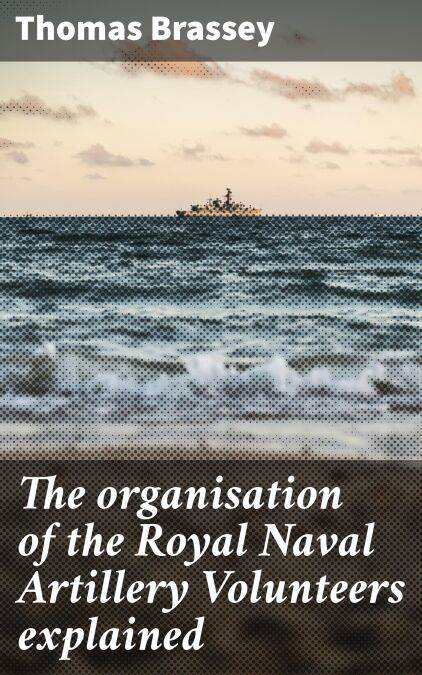
- Afhalen na 1 uur in een winkel met voorraad
- Gratis thuislevering in België vanaf € 30
- Ruim aanbod met 7 miljoen producten
- Afhalen na 1 uur in een winkel met voorraad
- Gratis thuislevering in België vanaf € 30
- Ruim aanbod met 7 miljoen producten
Zoeken
The organisation of the Royal Naval Artillery Volunteers explained E-BOOK
Unveiling the Strategies of Naval Volunteer Artillery
Thomas Brassey
E-book | Engels
€ 1,99
+ 1 punten
Omschrijving
Thomas Brassey's 'The organisation of the Royal Naval Artillery Volunteers explained' provides a comprehensive and detailed look at the organization and operations of the Royal Naval Artillery Volunteers, shedding light on their importance in maritime defense. The book is written in a clear and informative style, making it accessible to readers interested in naval history and military organization. Brassey explores the unique role and functions of the volunteers within the broader context of the Royal Navy, offering insights into their training, equipment, and deployment strategies. This work serves as a valuable resource for scholars and enthusiasts seeking to understand the complexities of 19th-century naval warfare and the contributions of volunteer forces. Thomas Brassey, a respected military historian and naval expert, draws on his expertise to provide a thorough analysis of the Royal Naval Artillery Volunteers. His in-depth research and attention to detail highlight the significance of these volunteers in safeguarding British maritime interests during a crucial period in naval history. Brassey's dedication to preserving the legacy of these volunteer units is evident throughout the book, making it an essential read for anyone interested in British naval history and military organization. I highly recommend 'The organisation of the Royal Naval Artillery Volunteers explained' to readers interested in the history of the Royal Navy, military volunteers, and maritime defense. Brassey's insightful exploration of this lesser-known aspect of naval warfare provides valuable insights and enriches our understanding of Britain's naval capabilities during the Victorian era.
Specificaties
Betrokkenen
- Auteur(s):
- Uitgeverij:
Inhoud
- Aantal bladzijden:
- 32
- Taal:
- Engels
Eigenschappen
- Productcode (EAN):
- 4064066063771
- Verschijningsdatum:
- 7/12/2020
- Uitvoering:
- E-book
- Beveiligd met:
- Digital watermarking
- Formaat:
- ePub

Alleen bij Standaard Boekhandel
+ 1 punten op je klantenkaart van Standaard Boekhandel
Beoordelingen
We publiceren alleen reviews die voldoen aan de voorwaarden voor reviews. Bekijk onze voorwaarden voor reviews.








